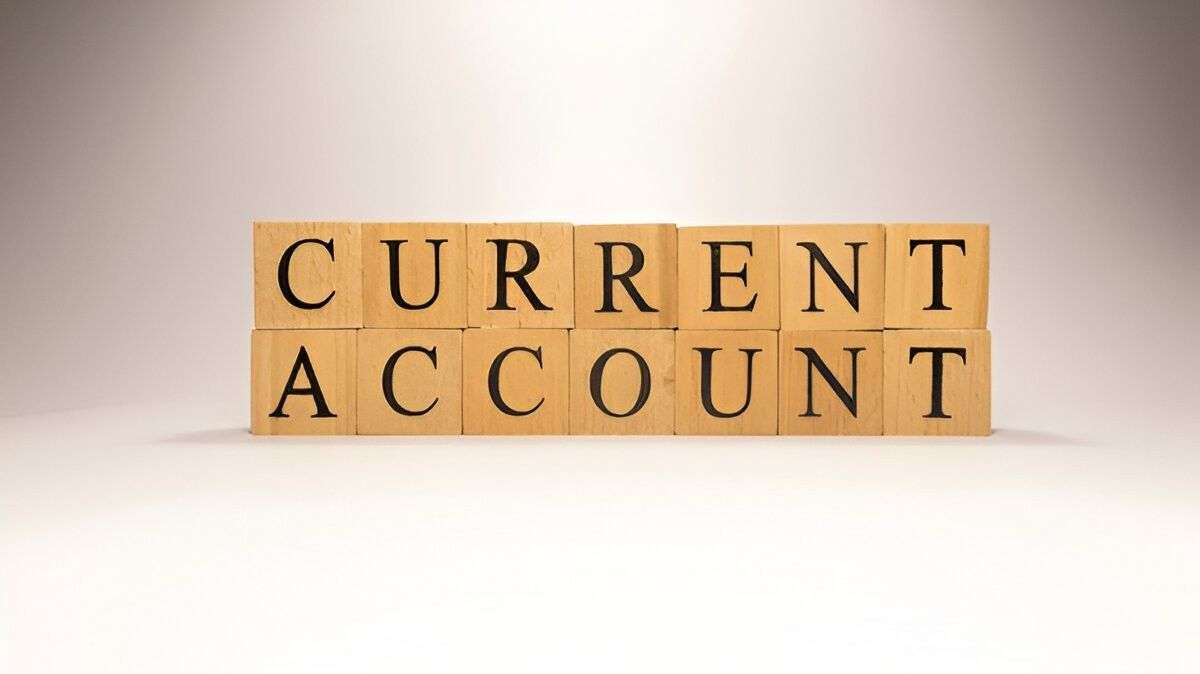Current Account is a key term in economics and international finance. It is part of a country’s balance of payments and records the value of exports and imports of goods and services, as well as income from abroad and transfer payments. Understanding the current account is crucial for analyzing a country’s economic health and its interactions with the rest of the world. This article will explain the concept of the current account in simple terms, provide references, and offer examples to help you understand it better.
Table of Contents
What is a Current Account?
Definition
A current account is a component of a country’s balance of payments, which records all transactions between residents of the country and the rest of the world. These transactions include:
- Exports and imports of goods and services
- Income receipts and payments (such as dividends and interest from investments abroad)
- Current transfers (such as foreign aid, remittances, and pensions)
Components of the Current Account
The current account consists of four main components:
- Trade in Goods: This includes all tangible products exported and imported by a country. For example, cars, electronics, and food products.
- Trade in Services: This includes intangible products like tourism, banking, and education services.
- Primary Income: This includes income earned by residents from investments abroad, such as dividends, interest, and wages.
- Secondary Income: This includes current transfers, such as foreign aid, remittances, and other unilateral transfers.
Why is the Current Account Important?
Economic Indicator
The current account is a vital economic indicator. A surplus in the current account means that a country is exporting more than it is importing, which is generally seen as a sign of economic strength. Conversely, a deficit indicates that a country is importing more than it is exporting, which can be a sign of economic weakness.
Impact on Exchange Rates
The current account has a significant impact on exchange rates. A country with a persistent current account surplus might see its currency appreciate, while a country with a persistent deficit might see its currency depreciate. This is because surpluses increase the demand for the country’s currency, while deficits increase the supply.
Investment Decisions
For investors and policymakers, the current account provides insights into the country’s economic health and its ability to attract foreign investment. A healthy current account balance can boost investor confidence, leading to increased investment inflows.
How is the Current Account Calculated?
Formula
The current account is calculated using the following formula:
\text{Current Account} = (\text{Exports} - \text{Imports}) + (\text{Primary Income Received} - \text{Primary Income Paid}) + (\text{Secondary Income Received} - \text{Secondary Income Paid})
Example Calculation
Let’s consider an example to illustrate the calculation of the current account:
Country A has the following data for a given year:
- Exports of Goods and Services: $500 billion
- Imports of Goods and Services: $400 billion
- Primary Income Received: $50 billion
- Primary Income Paid: $30 billion
- Secondary Income Received: $20 billion
- Secondary Income Paid: $10 billion
Using the formula, the current account balance for Country A would be:
\text{Current Account} = (500 - 400) + (50 - 30) + (20 - 10) = 100 + 20 + 10 = \$130 \text{ billion}
This positive balance of $130 billion indicates a current account surplus, meaning Country A is a net exporter of goods and services and has more income coming in from abroad than going out.
Real-World Example
United States Current Account
The United States is a good example to understand the current account. For many years, the U.S. has experienced a current account deficit, primarily due to large imports of goods and services compared to its exports. This deficit has been financed by borrowing from other countries and attracting foreign investments.
Implications
The U.S. current account deficit has implications for the global economy and financial markets. It affects the value of the U.S. dollar, interest rates, and the country’s ability to sustain its consumption and investment patterns.
Key Considerations in Analyzing the Current Account
Sustainability of Deficits and Surpluses
While a current account surplus might indicate economic strength, it is important to consider whether it is sustainable. Similarly, a current account deficit might not always be a bad sign if it is financing productive investments that lead to future economic growth.
Impact of Global Events
Global events such as changes in oil prices, trade policies, and economic crises can significantly impact a country’s current account balance. For example, an increase in oil prices can lead to higher import costs for oil-importing countries, worsening their current account balance.
Policy Responses
Governments may respond to current account imbalances with policy measures such as adjusting exchange rates, implementing trade tariffs, or changing interest rates. These measures aim to correct imbalances and stabilize the economy.
Conclusion
The current account is a crucial component of a country’s balance of payments, reflecting its economic transactions with the rest of the world. It includes trade in goods and services, income receipts and payments, and current transfers. Understanding the current account helps assess a country’s economic health, its currency stability, and its attractiveness to investors. By analyzing the current account, policymakers and investors can make informed decisions to support economic stability and growth.





